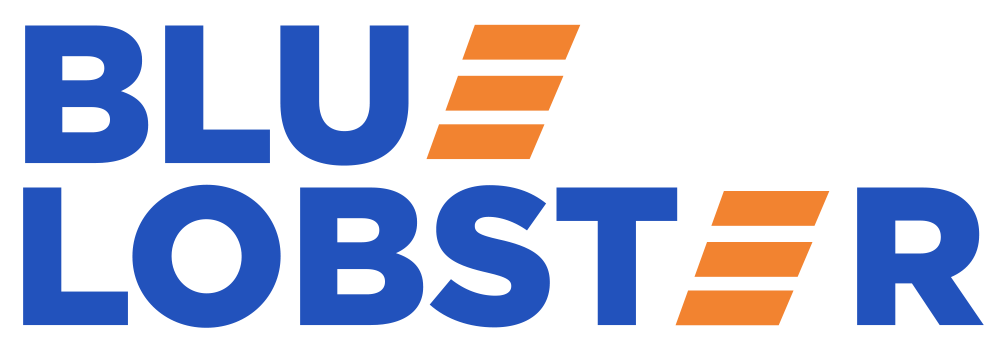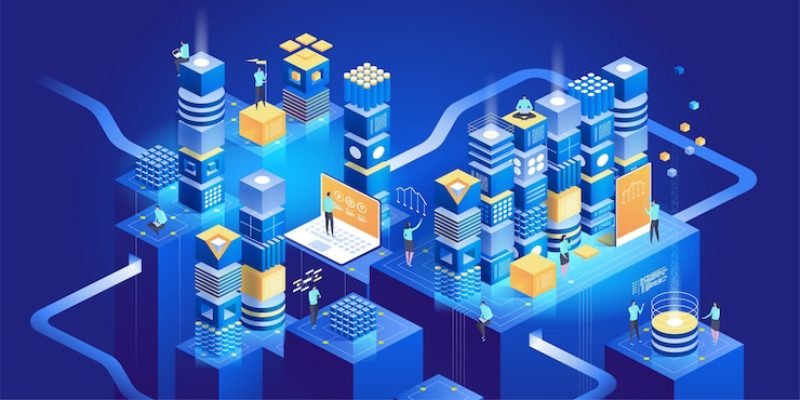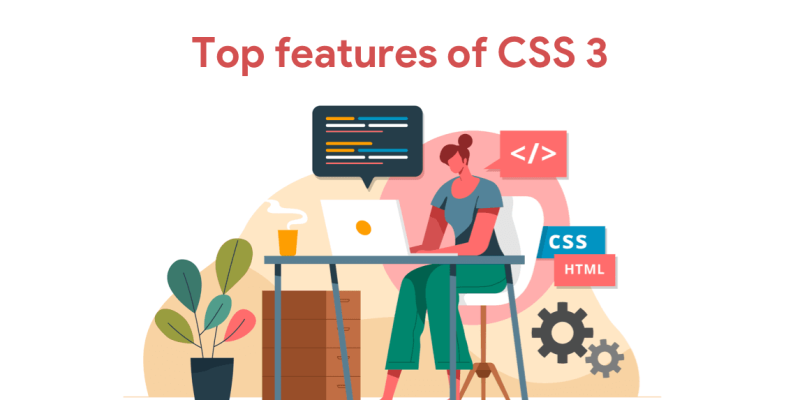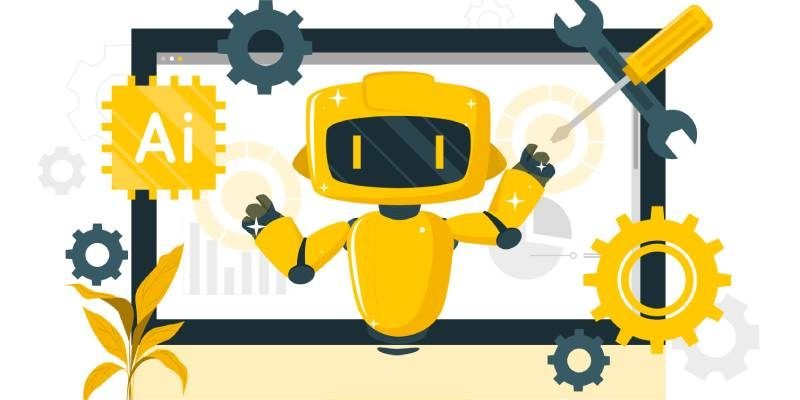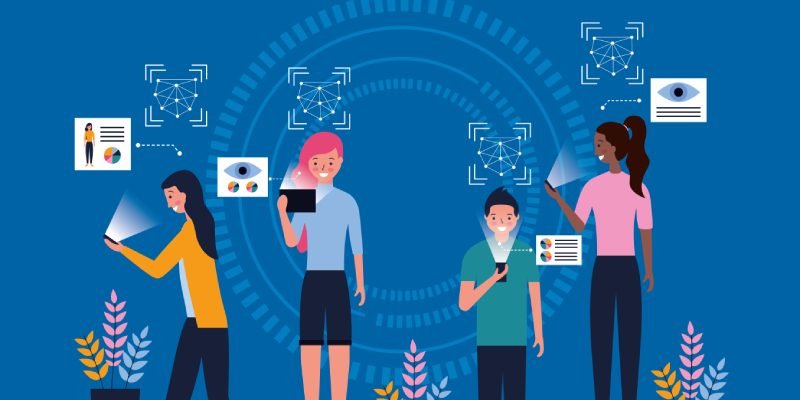Artificial Intelligence (AI) is changing the world at an unprecedented pace. From self-driving cars to intelligent chatbots, AI is transforming industries, making processes more efficient, and unlocking new possibilities. However, this rapid advancement also brings a pressing concern: unemployment due to AI. As machines become smarter and more capable, many fear that human jobs are at risk. Let’s look at the realities, challenges, and opportunities surrounding this issue.
The Rise of AI in the Workplace
AI technologies are being adopted across various sectors:
- Manufacturing: Robots and automated systems handle repetitive tasks, increasing productivity and reducing errors.
- Retail: Self-checkout kiosks and inventory management systems streamline operations.
- Finance: AI algorithms analyze data, detect fraud, and even make investment decisions.
- Healthcare: AI assists in diagnostics, patient management, and drug discovery.
- While these advancements bring efficiency, they also mean that certain jobs—especially those involving routine or repetitive tasks—are disappearing.
Who Is Most at Risk?
Jobs most likely to be replaced by AI-driven automation typically share these characteristics:
- Repetitive Tasks: Assembly line workers, data entry clerks, and telemarketers.
- Predictable Environments: Roles that follow set procedures and rules.
- Low Skill Requirements: Positions that do not require complex problem-solving or creativity.
A 2020 report by the World Economic Forum estimated that by 2025, 85 million jobs may be lost to automation, but 97 million new roles may be created that are more suited to the new division of labor between humans, machines, and algorithms.
The Human Advantage
Despite the threat of job loss, AI also highlights the unique strengths of human workers:
- Creativity and Innovation: Machines struggle with original thought and creative problem-solving.
- Emotional Intelligence: Empathy, communication, and relationship-building remain human strengths.
- Complex Decision-Making: Many decisions require context, ethics, and judgment that AI cannot match.
As AI takes over routine tasks, humans can focus on roles that require these uniquely human skills.
Adjusting to the AI Era
To reduce unemployment due to AI, several strategies can be used:
1. Reskilling and Upskilling
Workers need opportunities to learn new skills relevant to the changing job market. Governments, businesses, and educational institutions must invest in training programs for digital literacy, critical thinking, and advanced technical skills.
2. Lifelong Learning
The idea of a single career for life is fading. Ongoing education helps workers adapt to new roles as industries change.
3. Supporting Transition
Social safety nets, career counseling, and job placement services can help workers move from declining industries to growing fields.
4. Encouraging Innovation
AI can create new industries and job categories we can’t yet imagine. Supporting entrepreneurship and new ideas will help generate new opportunities.
Conclusion
Unemployment due to AI is a real and pressing concern, but it is not an impossible challenge. By focusing on education, adaptability, and using our uniquely human abilities, we can face the future of work. AI should be seen not as a threat, but as a tool to help people reach their potential and create a more productive, creative, and inclusive workforce.
